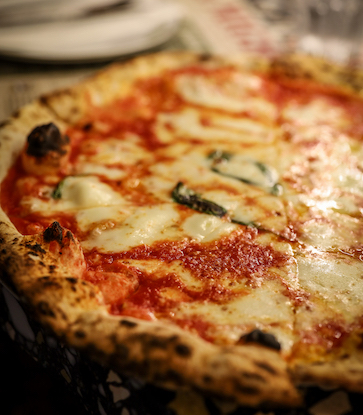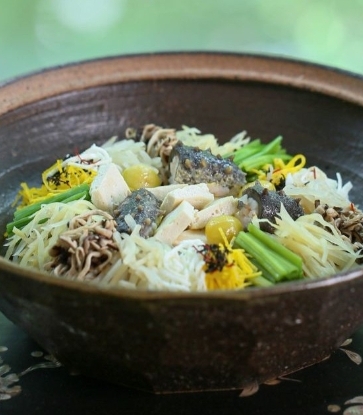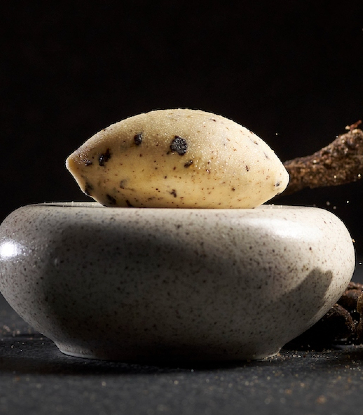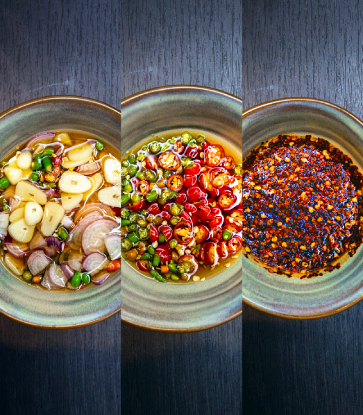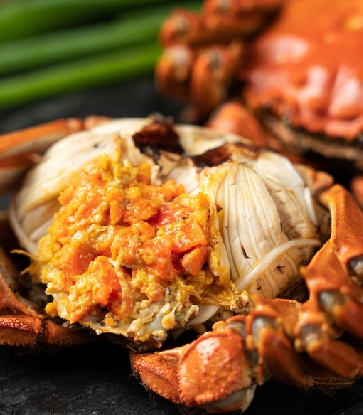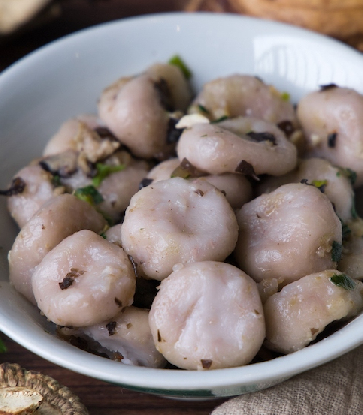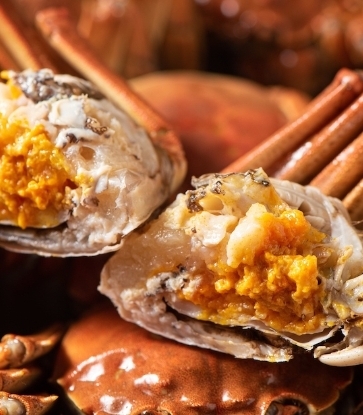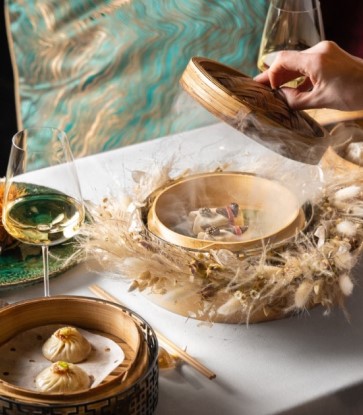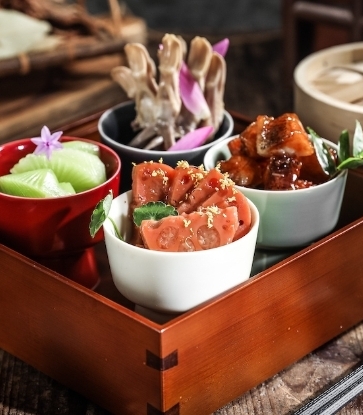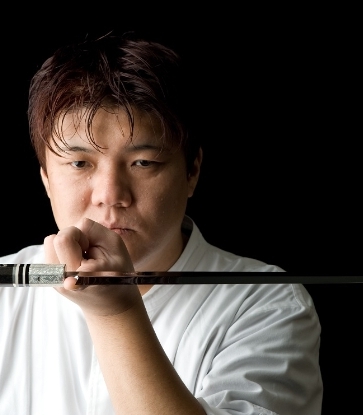
At Summer Palace, Liu employs the technique on all kinds of proteins destined for different cooking methods. He deshells lobster and velvets the delicate flesh before simmering it in superior stock; scallop gets a coating and is passed through hot oil before being seared in high heat with black fungus and XO sauce while tough cuts of meat like venison and crocodile are tenderised with the technique and cooked in a claypot and wok-fried in spicy sauce respectively.
The Protective Coat
The first step is marinating the protein of choice to give it an even taste and texture, explains Liu. The meats can be marinated in any combination of seasoning for taste — the usual being soya sauce, salt, sugar, Chinese rice wine and sometimes minced garlic — but the crucial ingredient is a powdered starch (like cornstarch or potato starch) or egg white.

The Par-Cooking In Oil Or Water
Although velveting is a technique more commonly used in Chinese restaurants and zichar places than at home because home-cooks might find the extra step more trouble than it’s worth, chef Liu says that it is not that difficult to incorporate this technique at home with few simple tips. “You need twice the amount of oil as the ingredient you want to cook. Any cooking oil will do,” he explains. “The main difference between velveting in oil and frying is the temperature of the oil — in velveting you have to make sure the oil doesn’t get too hot.”

An alternative to par-cooking the marinated meat in hot oil is water-velveting, or guo shui (passing through water), where the marinated meat is blanched in boiling water with a little bit of oil. Water-velveting can be employed by home-cooks who find it prohibitive to use so much oil in cooking, although Liu maintains that the result is not as good as velveting in oil. “The resulting meat is not as tender and fresh-tasting because some of the proteins in the ingredient are washed away in the blanching process,” he says.
Give this Chinese restaurant technique a go. Both velveting techniques are simple enough to try at home and can provide that much-needed boost to your everyday stir-fries.



